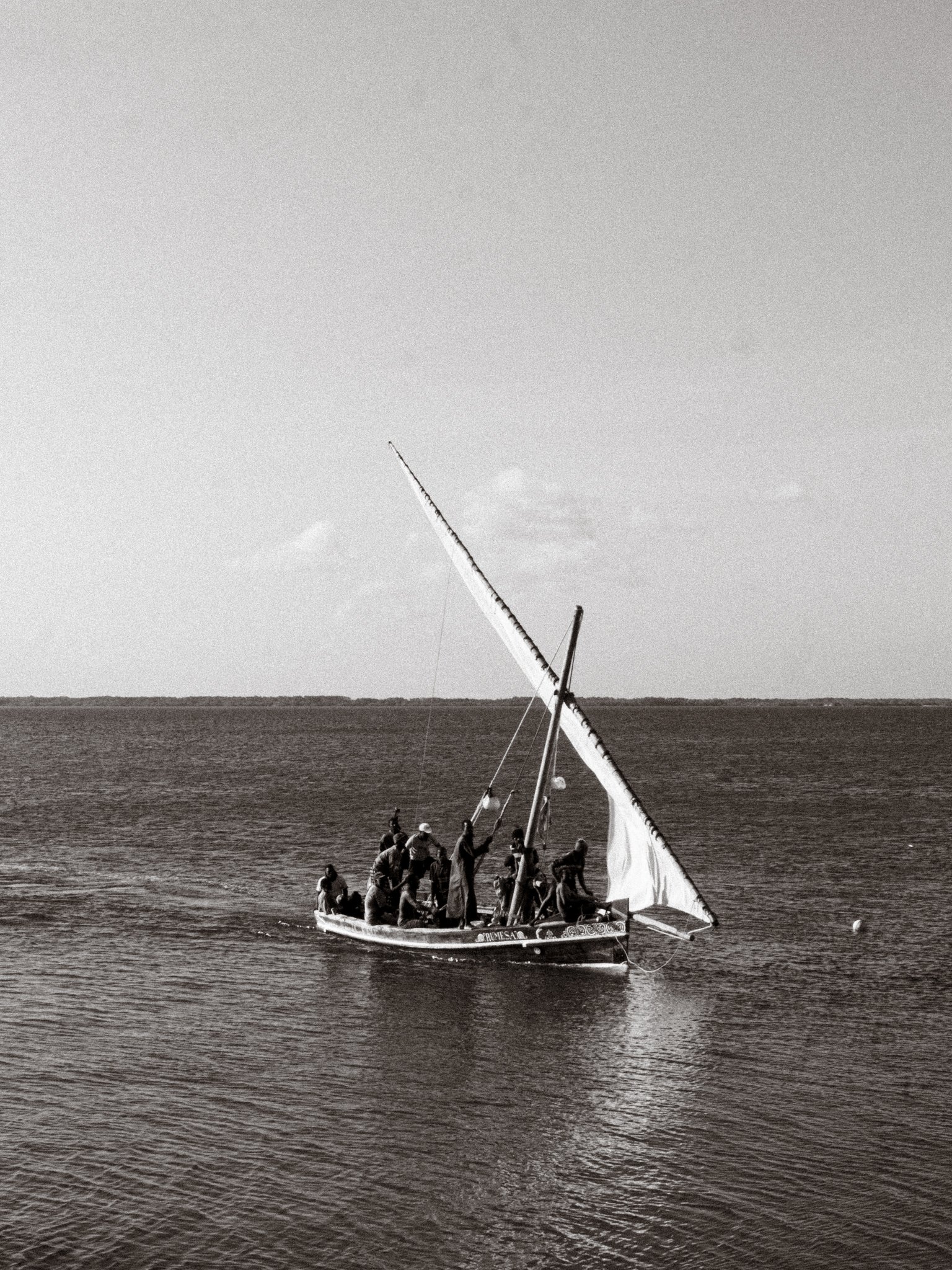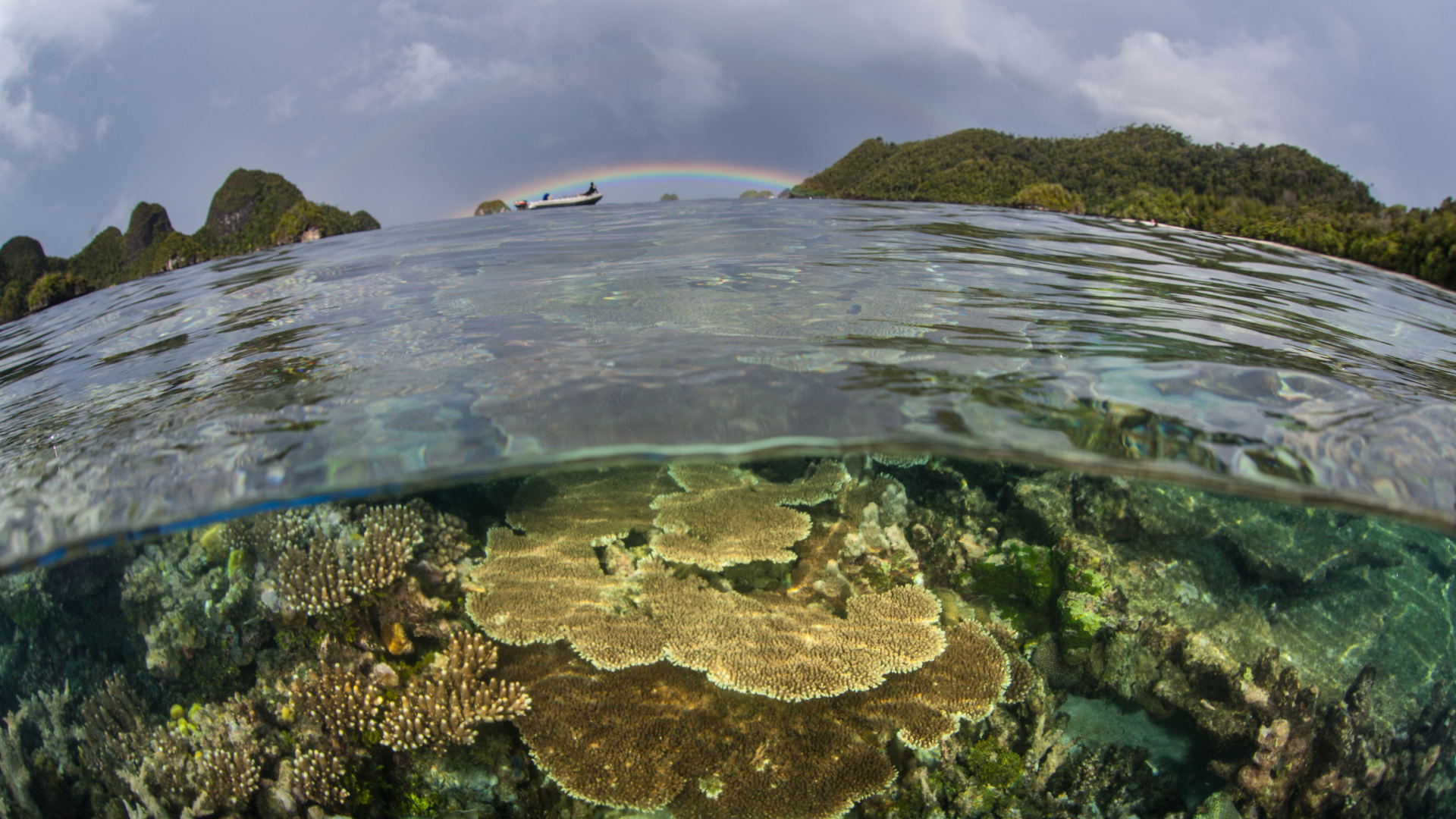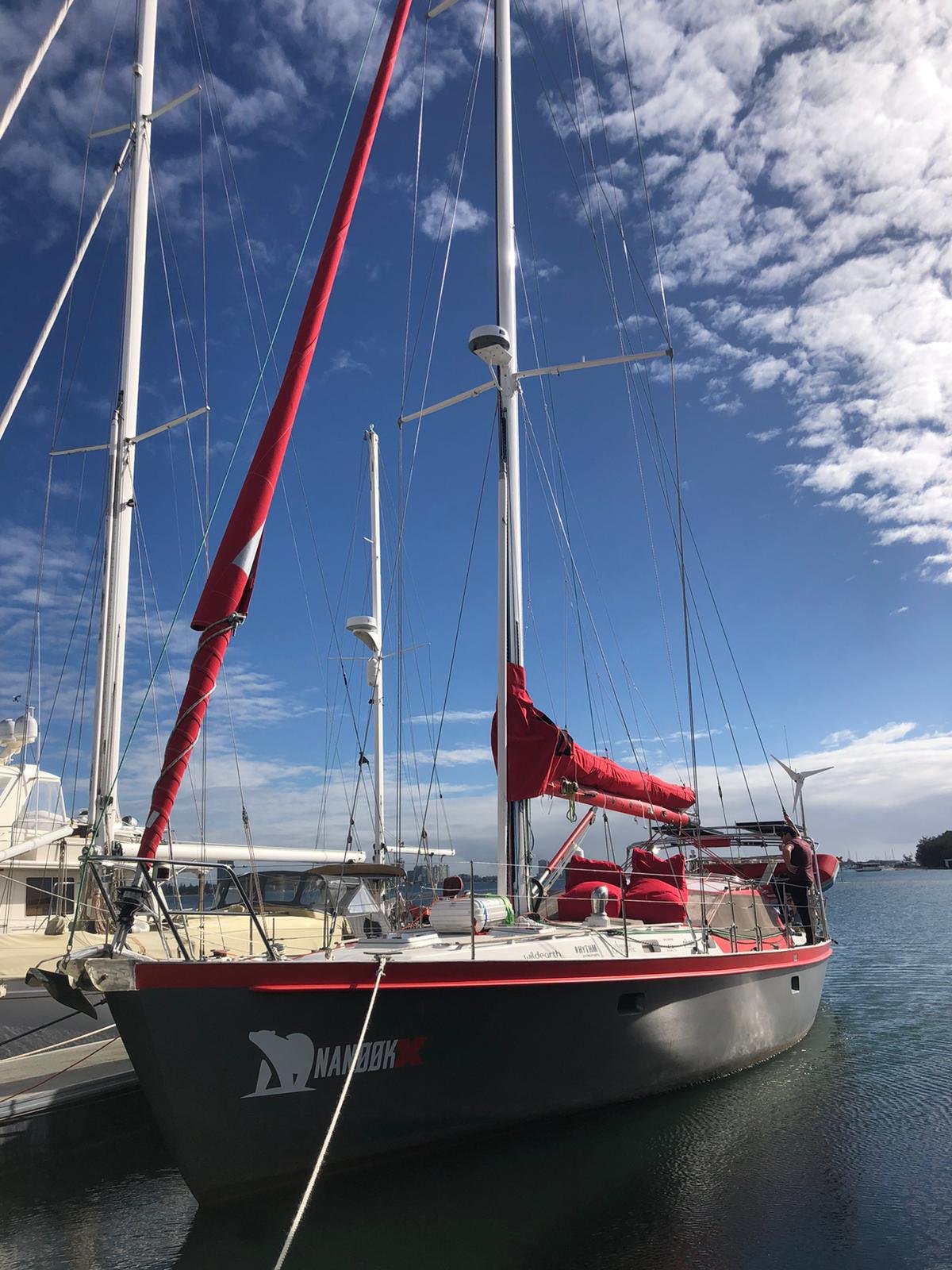
What We Do
What we Do
We visit coastal communities around the world to collect data on ecosystems, fish, and fisheries - called the Megatransect. We use this data collected to develop suggestions and add to our global database to make a template for equitable conservation.
How we Do it
We sail along coastlines and stop in fishing villages to conduct social surveys. We do this from a variety of different boats all around the world that become part of our fleet. Sometimes, we conduct surveys from land depending on the ease of coastal access.
How we share it with the world
Our data is open source and is shared upon request. If you’re not into looking at datasets, our in-house Sea Collective videography team directs and produces short documentary films highlighting fishing cultures and conservation.
The Megatransect
In ecology, transects are used as a sampling method to study and analyze the distribution, diversity, and abundance of species or environmental variables within a specific area. A transect is a straight line or path, often marked by a measuring tape, along which researchers collect data at regular intervals. Normally, transects are conducted within a small area to get a representative understanding of the ecosystem. We are conducting a global transect, pairing social surveys in fishing communities with biophysical surveys on their associated reefs - the first social-ecological Megatransect.
-
We have partitioned the world into smaller transects. Our first stop was the Lamu Archipelago, Kenya then we moved to the west coast of India and then to West Papua, Indonesia. As our fleet grows, we will be able to cover more area.
-
When we anchor near fishing villages, we survey the community by asking simple non-invasive questions and recording them on data sheets. We then conduct a biophysical survey from our boat by diving on the reef, looking at fish and corals.
-
Our social surveys are inspired by the UN’s Human Development Index metrics and adapted for a small-scale fishery context. Our biophysical (environmental) surveys are inspired by methods used in successful social-ecological surveys so we can add to an existing database. Work smarter, not harder!
The Fleet
Our data collection takes place on our fleet of sailboats, whether they are traditional Kenyan dhows made of mangrove and teak, or fiberglass cruising boats. We go where the wind takes us.
Traveling by sailboat allows us to reach areas that researchers normally could not access. It also significantly cuts the cost and increases the sustainability of our research since we are propelled by the wind.
Are you a sailboat owner who wants to make a real difference in ocean conservation? We are always looking for captains who are interested in taking on members of our crew and expanding our fleet.
-
Lamu, Kenya
Captain Jawad and his crew facilitated our data collection mission through the Lamu Archipelago aboard Jumping Sue, a traditional Lamu Dhow made of mangrove, teak and ironwood. We love to support local captains in our survey areas since they know their seas by heart. If you’re in the area, you can sail aboard Jumping Sue! Contact Travel Otherways for more info.
-
Raja Ampat, Indonesia
Captain Darryl Madsen is the captain of Medea, a Bavaria 46 monohull. Medea supported our Raja Ampat transect, taking us to conduct social and environmental surveys.
-
Brazil to West Africa
In partnership with Project Zero, a carbon neutral expedition from pole to pole, the Sea Collective team will jump onboard Nanook to conduct a transect as the Project Zero team voyages north.
Storytelling
By capturing and sharing the stories of fishing communities through film and other media, Sea Collective aims to shift the narrative and perception around fisheries and conservation.
Our data collection missions are often accompanied by short films. Keep an eye out for the release of our two upcoming documentaries.
Archipelago
Experience life aboard a traditional dhow in the remote islands of northern Kenya. Director and Producer Jay Amin explores the relationship between Swahili fishers and the sea in the face of climate change and coastal development.
Rooted in Resilience Stories from the Mangroves
Follow the stories of four mangrove conservation groups as they fight against climate change, protect their fisheries and empower women to protect India's coastline. FAQs
-
A marine protected area (MPA) is a designated zone in the ocean or coastal waters that is managed and regulated to conserve marine biodiversity, habitats, and ecosystems. MPAs are established to protect marine life, maintain ecological processes, and preserve cultural or historical resources. They serve as a tool for the sustainable management of marine resources and can provide various ecological, social, and economic benefits.
MPAs are one of the most effective strategies for preserving marine biodiversity and securing the rights of small-scale fisheries - if established and maintained correctly.
-
MPAs Enhance Biodiversity
Well-managed marine protected areas (MPAs) play a critical role in enhancing biodiversity, as they typically harbor more fish, bigger fish, and a greater variety of species compared to areas outside their boundaries. By providing a safe haven for juvenile fish, MPAs protect them from overfishing, ensuring sustainable populations. These protected areas also serve as essential habitats for vulnerable ecosystems and endangered species, contributing to overall conservation efforts. Furthermore, fish often spill over MPA boundaries, replenishing nearby fishing grounds and allowing for more sustainable catches. As larger fish within MPAs produce more eggs, they help repopulate overfished areas, boosting overall biodiversity. Lastly, protecting ecosystems through MPAs increases their resilience to climate change, promoting a healthier marine environment for future generations.
MPAs Support Livelihoods
Marine protected areas (MPAs) designed to support fisherfolk can greatly benefit their livelihoods in various ways. These MPAs tend to experience reduced illegal fishing, leading to better-managed fish stocks. Fishers, in turn, become more responsible stewards of the protected ecosystems, ensuring their sustainability. MPAs can also affirm cultural values in coastal communities, fostering a sense of place, identity, and purpose among local fishers. Within well-designed MPAs, fishers often see increased catch and decreased conflict in fishing grounds, which contributes to more stable and prosperous livelihoods. By protecting small-scale fisheries from encroachment by industrial fisheries, MPAs help preserve the integrity of local fishing communities. Moreover, healthy coral reefs, seagrasses, and mangroves within MPAs serve as a natural defense against sea-level rise and climate change, ultimately safeguarding both marine life and coastal communities.
-
Focusing conservation efforts on small-scale tropical fisheries is crucial, as they play a vital role in the lives of over 500 million people who rely on them for food and income. These fisheries provide up to 90% of fishing-related jobs, showcasing their significant contribution to local economies. Small-scale fisheries generate more employment opportunities per volume of fish caught compared to large industrial fisheries, demonstrating greater resource efficiency and less waste. Despite their importance, tropical small-scale fisheries often receive less financial support and management attention compared to their industrial counterparts, resulting in inadequate monitoring and management. By prioritizing conservation efforts on small-scale fisheries, we can help ensure their long-term sustainability and continue to support the livelihoods of millions of people who depend on them.
-
Sea Collective’s methods are based on understanding social-ecological systems. Marine social-ecology is a way of studying how people and the environment are connected in tropical marine fisheries. It looks at both the social and ecological factors that affect these fisheries.
Studying social ecology is essential because it acknowledges the interdependence between people, their livelihoods, culture, and the ocean. By considering factors such as the culture of fishing communities, the rules and regulations governing their activities, and the health of the marine environment they fish in, social ecology offers a comprehensive understanding of this intricate relationship. This understanding enables us to better comprehend how environmental changes can impact the people who rely on the ocean and how human actions can, in turn, affect the environment. Ultimately, a focus on social ecology is crucial for developing holistic and sustainable conservation strategies that promote both human well-being and environmental health.

Get Involved
Do you want to help people and the planet?





